- Joined
- May 24, 2011
- Posts
- 3,221
- Qantas
- Platinum
Alcoholic passionfruit juice hasn't ever been my thingThe NZ Sav Blanc wasn't.
Last edited:
Alcoholic passionfruit juice hasn't ever been my thingThe NZ Sav Blanc wasn't.
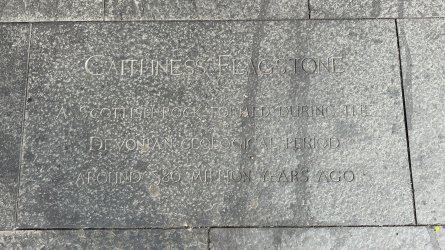
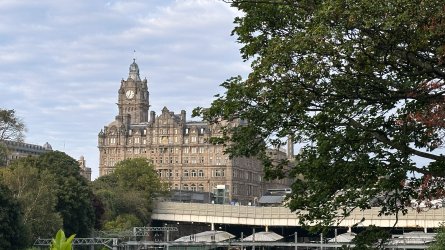
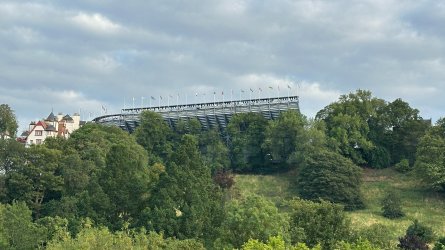
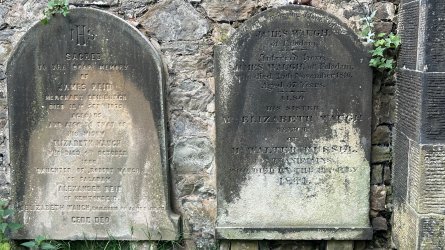
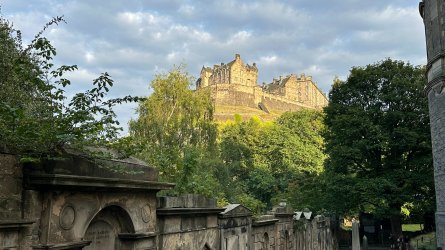
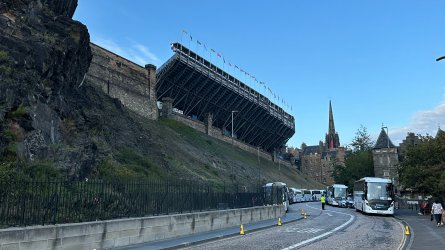
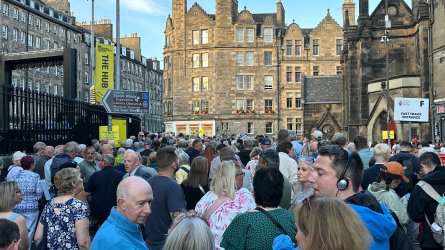


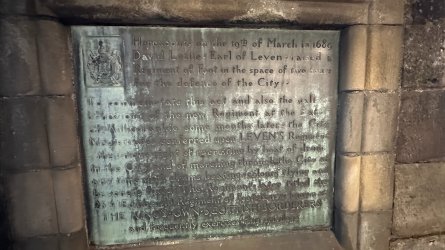
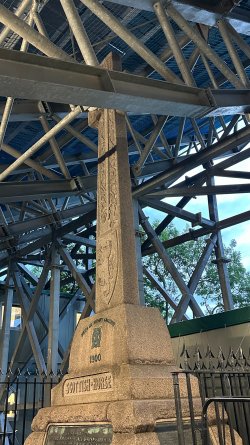


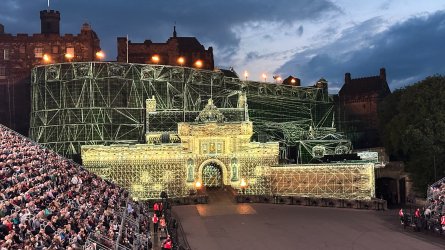






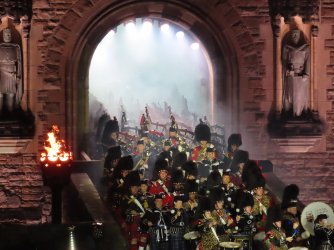






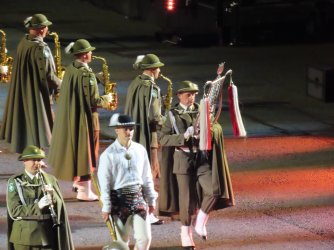


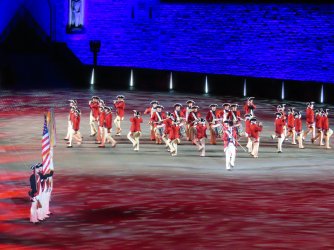

So did you enjoy it and are you glad you went? I went in 1982 and loved it.
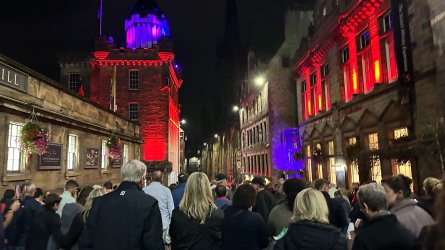
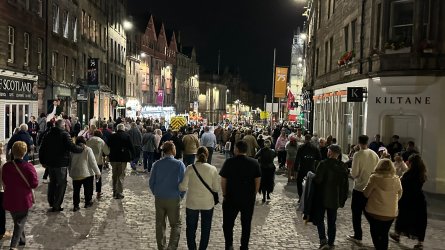

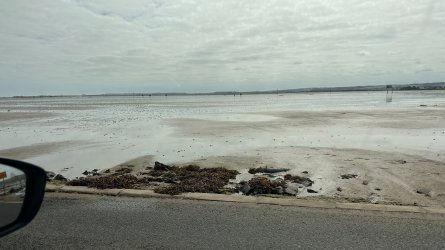
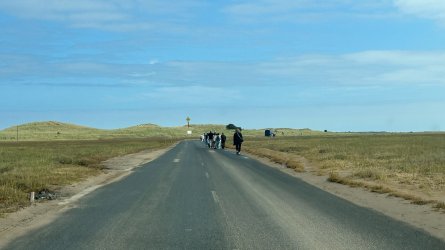

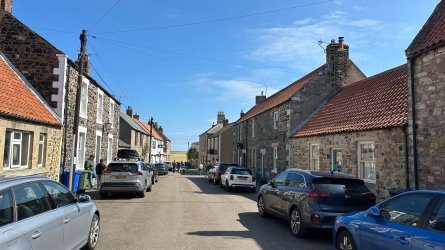
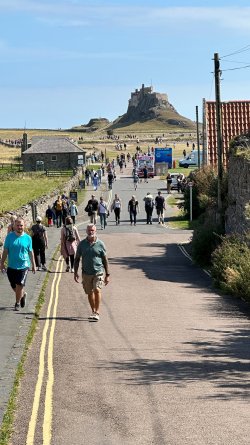
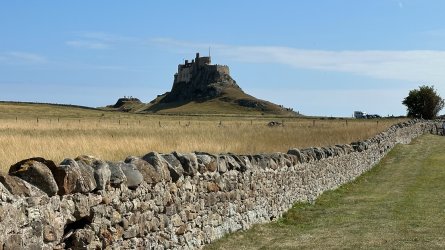
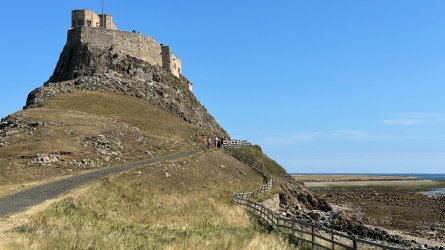
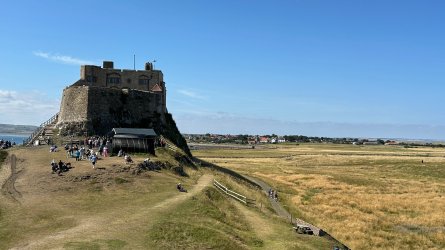
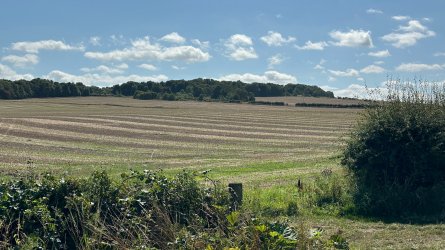
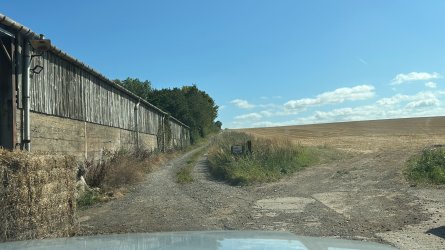
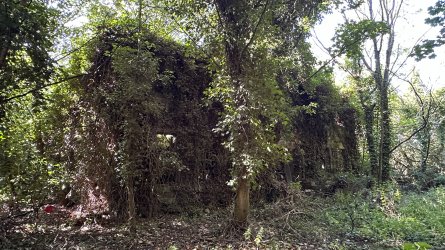
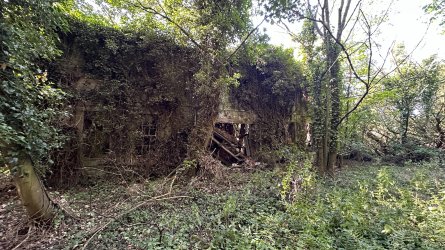
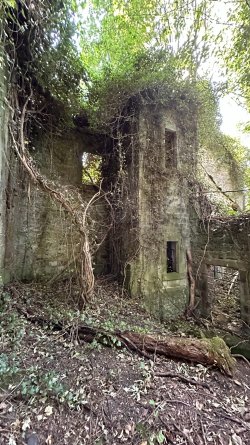
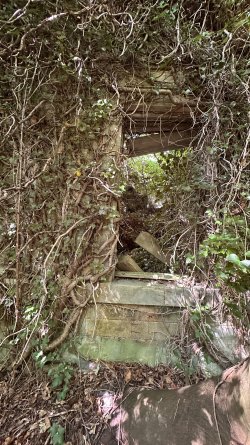
One of the earliest accounts of the Magna Carta agreement reached at Runnymede in 1215 is found in the Chronicle of Melrose Abbey. Melrose was located on one of the main roads running from Edinburgh to the south making it particularly vulnerable to attack. In 1322, the town was attacked by the army of Edward II of England, and much of the abbey was destroyed. It was rebuilt by order of King Robert the Bruce, with Sir James Douglas being the principal auditor of finance for the project. In 1385, the abbey was burned by the army of Richard II of England, "partly because of support for the Avignon Pope Clement VII" he forced the army of Robert II of Scotland back to Edinburgh. It was rebuilt over a period of about 100 years – construction was still unfinished when James IV visited in 1504.
From 1541, the abbacy was held by a series of commendators. In 1544, as English armies raged across Scotland in an effort to force the Scots to marry the infant Mary, Queen of Scots to the son of Henry VIII, the abbey was again badly damaged and was never fully repaired. On 29 September 1549 an English soldier discovered the pyx that had been suspended over the high altar and gave it to the Earl of Rutland. War damage led to its decline as a working monastery. The last abbot was James Stuart (an illegitimate son of James V), who died in 1557. In 1590, Melrose's last monk died.
The abbey withstood one final assault, and some of its walls still show the marks of cannon fire after having been bombarded by Oliver Cromwell's troops during the Wars of the Three Kingdoms. In 1618, a portion of the abbey's church was converted into a parish church for the surrounding town. A plain vault was inserted into the crossing, removing the original ribbed vaulting in the central section. It was used until 1810 when a new church was erected in the town. In 1812, a stone coffin was exhumed from the aisle in the abbey's south chancel. Some speculated the remains were those of Michael Scot, the philosopher and "wizard."
At the beginning of the nineteenth century, Sir Walter Scott was appointed Sheriff-Depute of Roxburghshire. In 1822, with the financial assistance of the Duke of Buccleuch, Sir Walter supervised the extensive repair work that was to preserve the ruins. In 1918, the duke gave the ruins to the state, by which time the abbey had undergone further restoration and repair.[6] It is now in the care of Historic Environment Scotland.
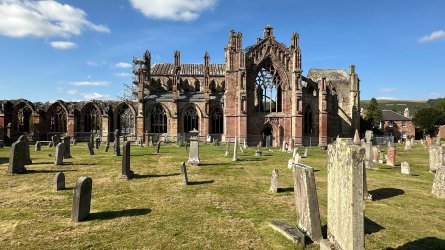
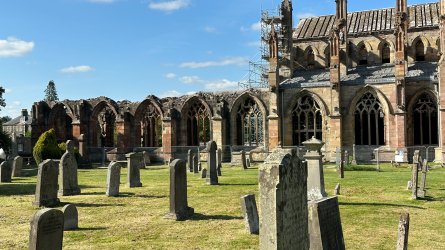
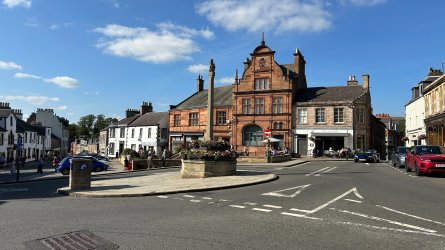
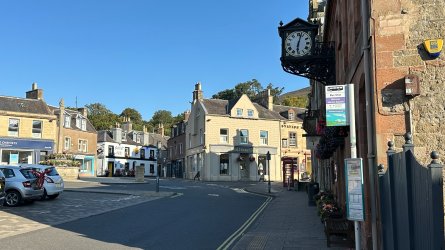
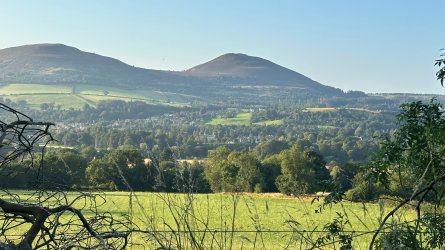
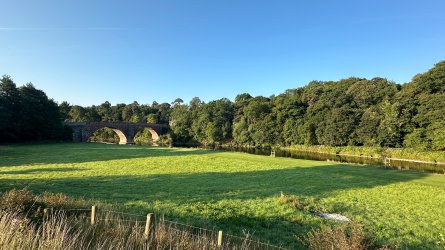
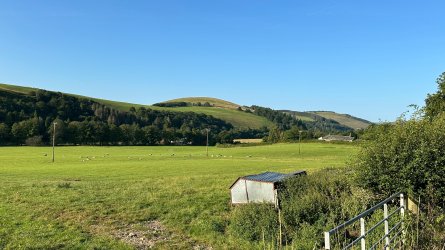
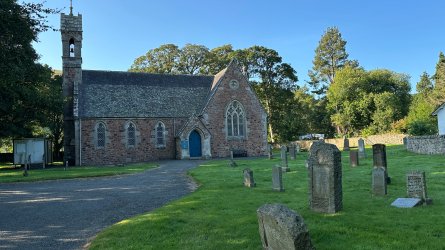
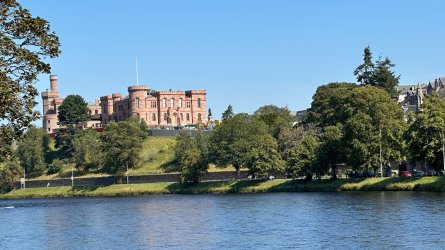
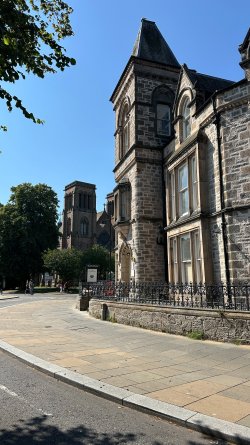
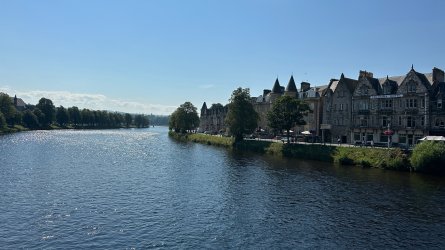
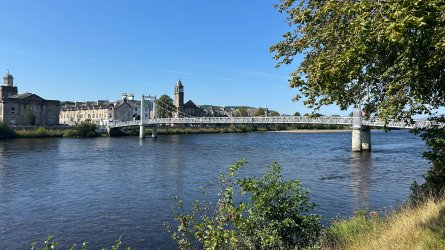
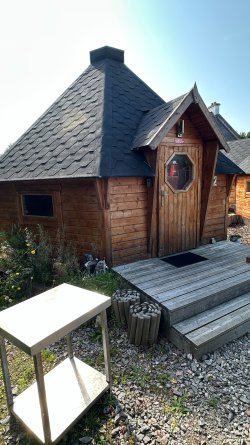

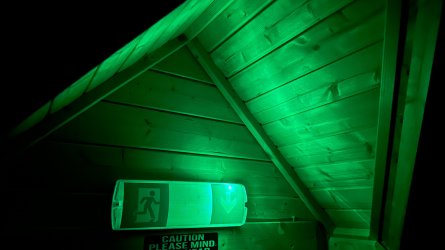




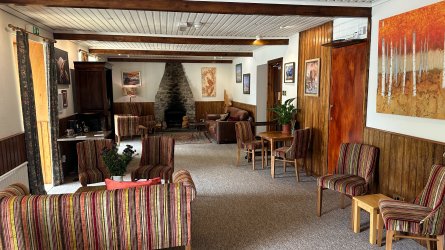
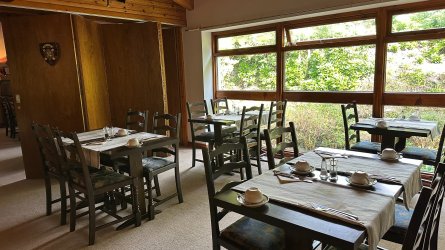
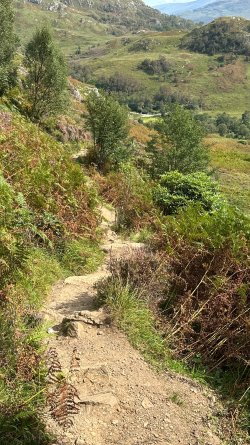


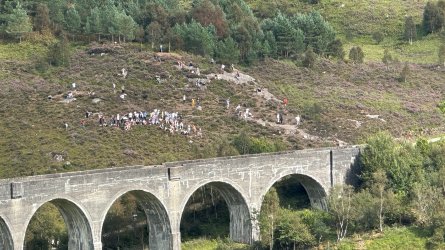
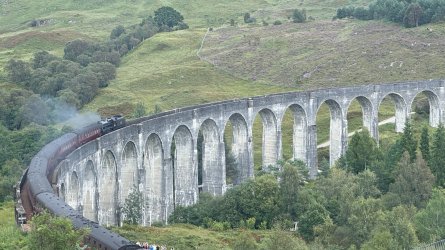

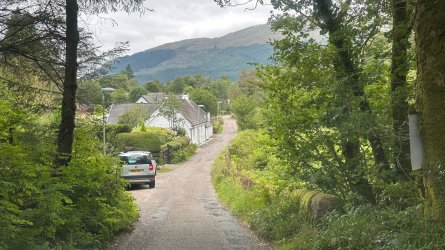
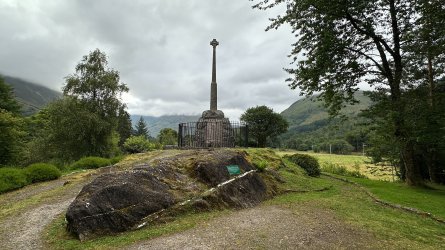
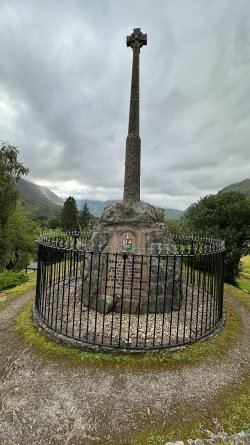
The Massacre of Glencoe took place in Glen Coe in the Argyll region of the Scottish Highlands on 13 February 1692. An estimated 30 members and associates of Clan MacDonald of Glencoe were killed by Scottish government forces [a rival clan, the Campbells], allegedly for failing to pledge allegiance to the new monarchs, William II/III and his wife Mary II. [The MacDonalds had hosted the Campbells for the 2 prior weeks]
Although the Jacobite rising of 1689 had largely been suppressed by May 1690, a continuing need to police the Highlands diverted military resources from the Nine Years' War in Flanders. In late 1690, clan leaders loyal to the exiled House of Stuart agreed to swear allegiance to William and Mary, in return for a cash payment of £12,000. However, disagreements over how to divide this meant by December 1691 none of the clans had taken the oath.
In response, Lord Stair, Scottish Secretary of State, decided to show the consequences of further delay. While others, including the Keppoch MacDonalds, also missed the deadline, the Glencoe MacDonalds appear to have been selected due to a combination of clan politics, and a reputation for lawlessness.
While similar events were not unknown in earlier Scottish history, this was no longer the case by 1692, and the brutality of the massacre shocked contemporaries. It became a significant element in the persistence of Jacobitism in the Highlands during the first half of the 18th century, and remains a powerful symbol to this day.

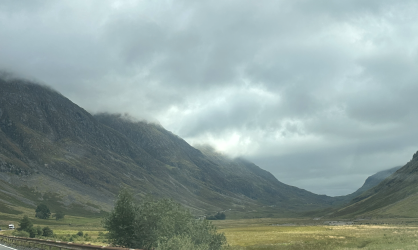
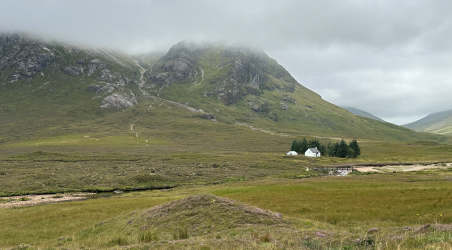

AFF Supporters can remove this and all advertisements
Maybe, maybe not. I have an Uncle who is a Pipe Major having played the bagpipes for a long time (Australian) who has performed at the Tattoo a few times. All those different bands from the various regiments etc. aren't really. Those that are playing doing multiple uniform / costume changes though the whole performance and play for various different groups. There are some specialists, and no doubt some from each unit, but lots of them are the same people repeating in different uniforrms.Then the proper stuff

